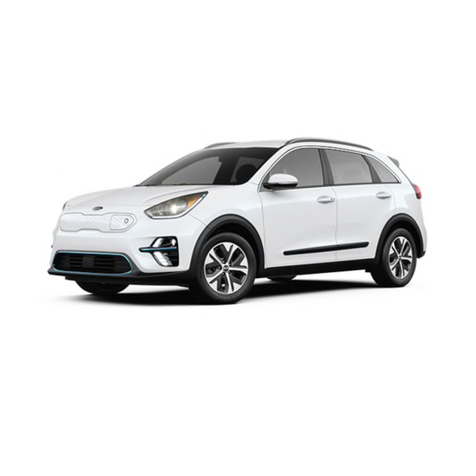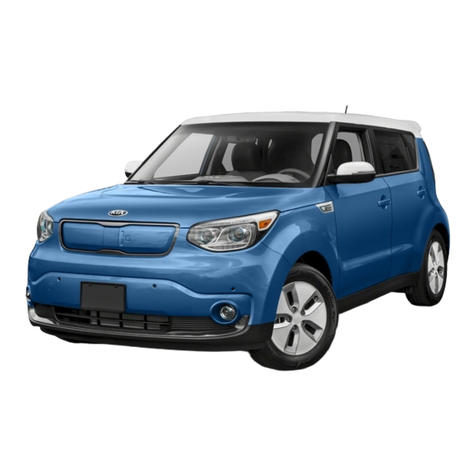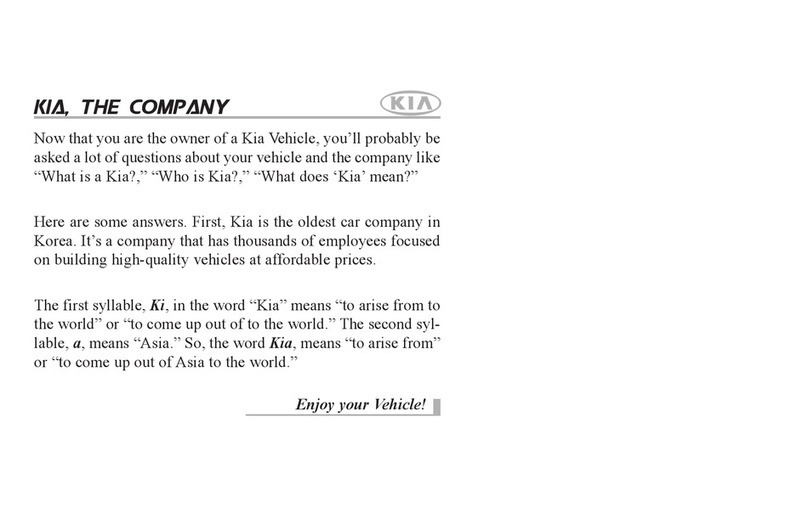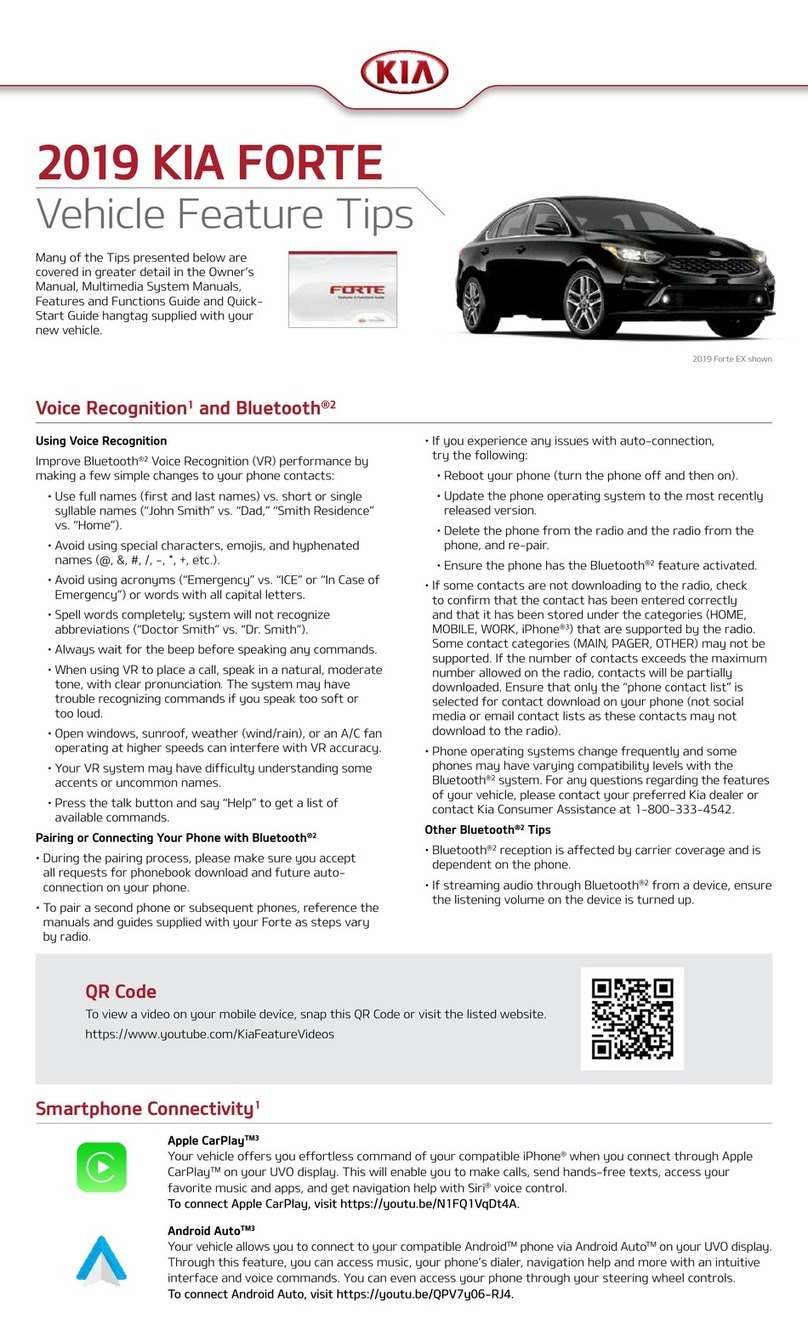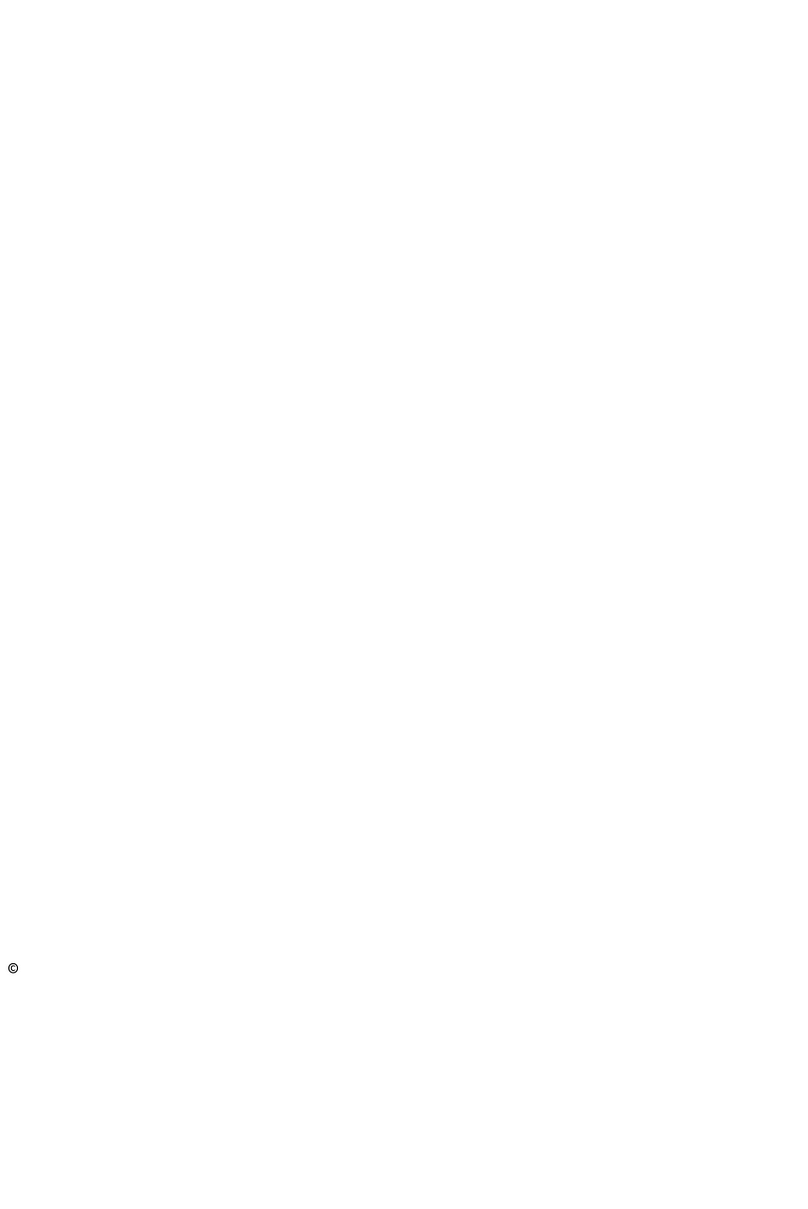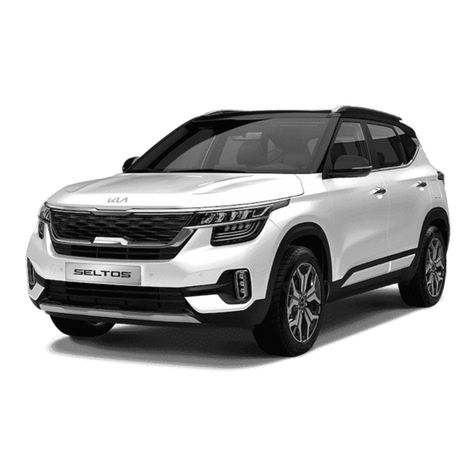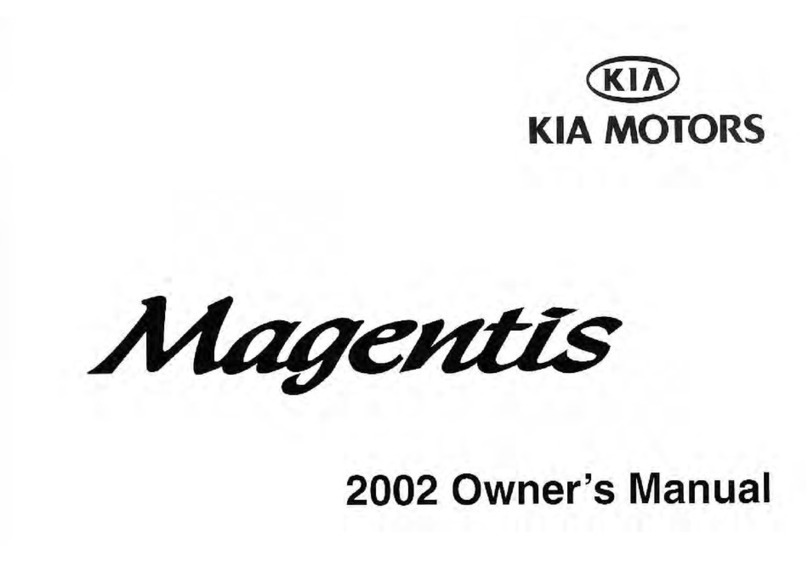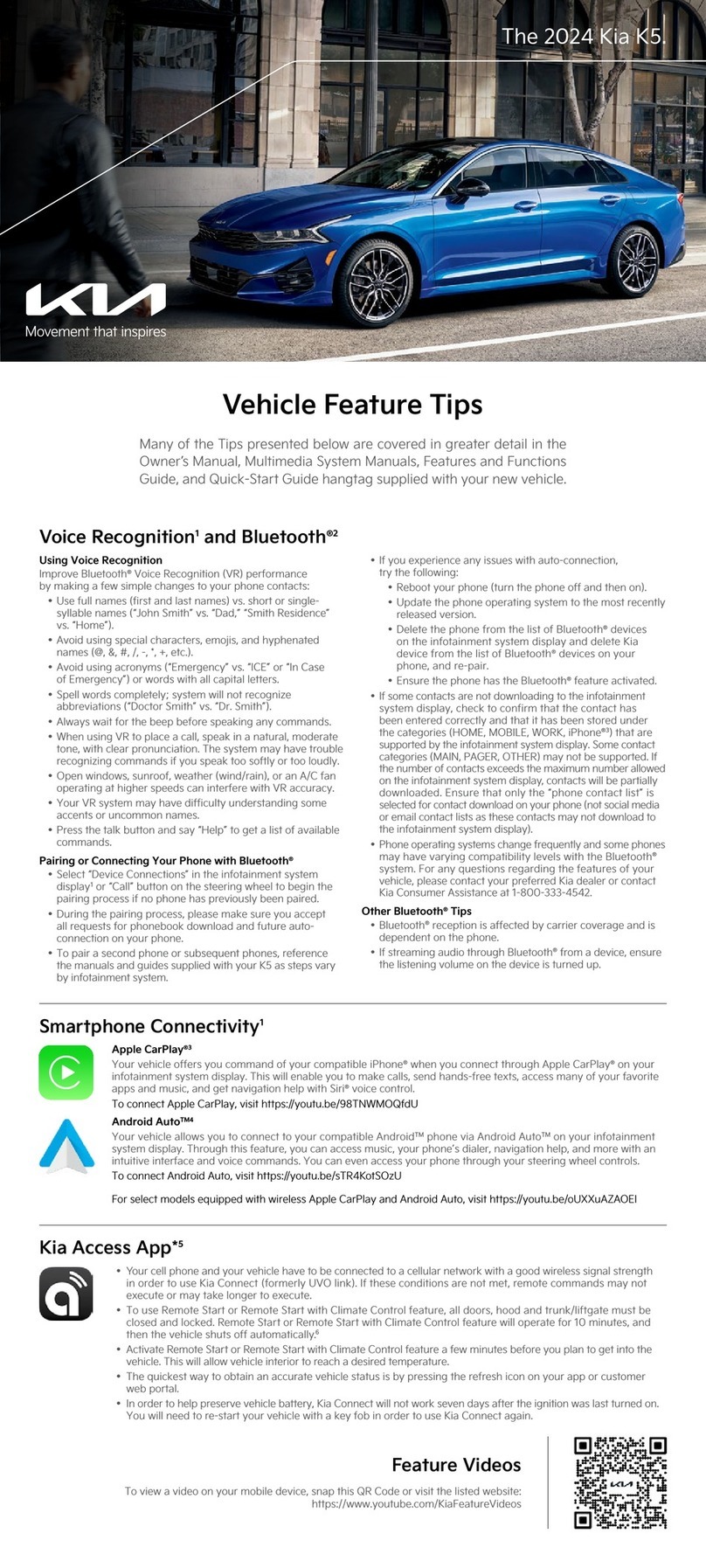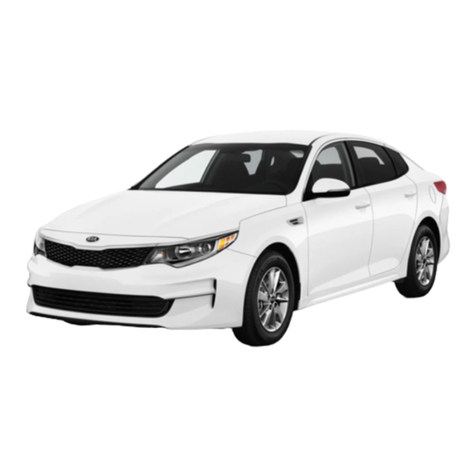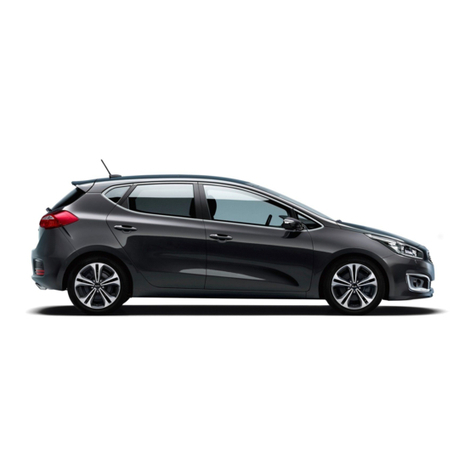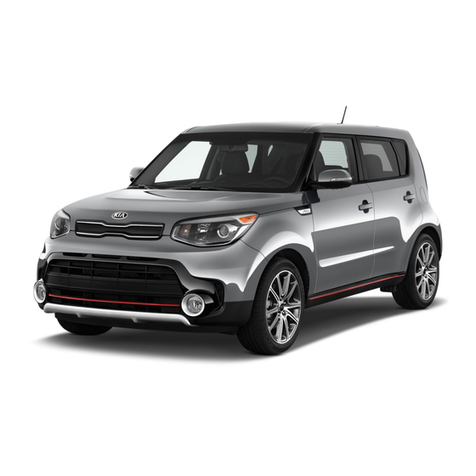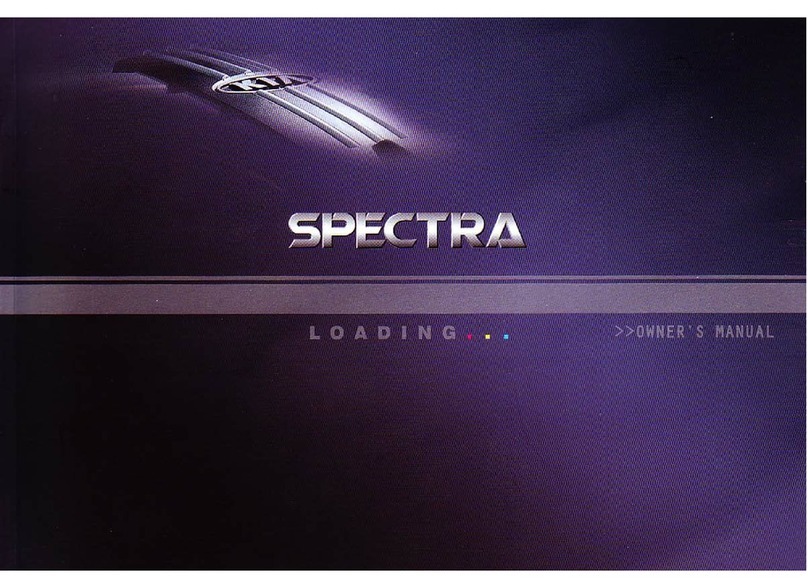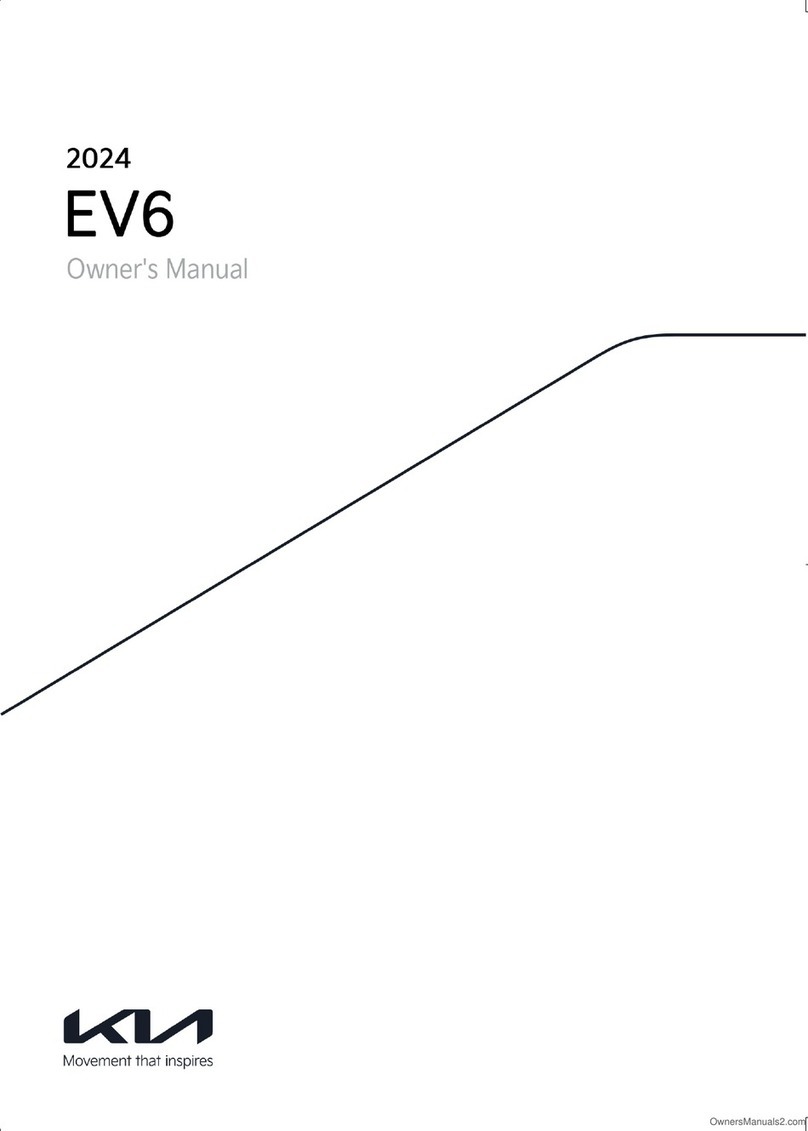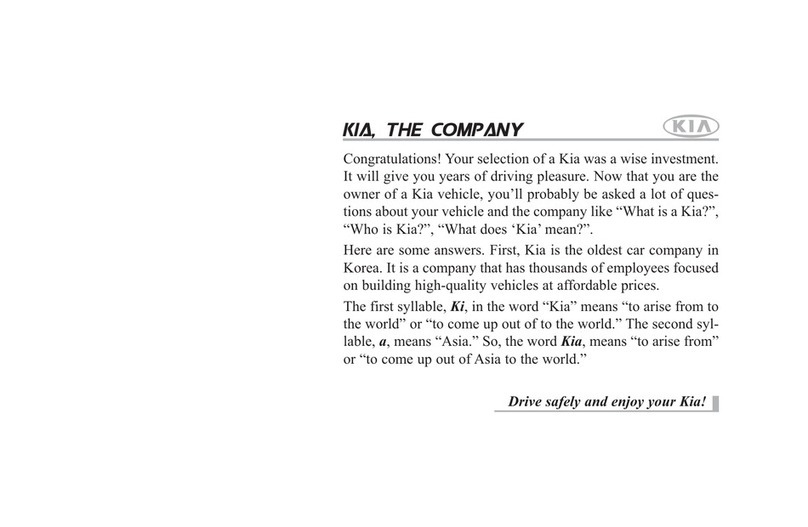
3
1
1
Introduction Fuel requirements
Discontinue using gasohol of any kind if
driveability problems occur.
Vehicle damage or driveability prob
-
lems may not be covered by the manu
-
facturer's warranty if they result from
the use of:
1. Gasohol containing more than 10%
ethanol.
2. Petrol or gasohol containing metha
-
nol.
3. Leaded fuel or leaded gasohol.
Never use gasohol which contains meth
-
anol. Discontinue use of any gasohol
product which impairs drivability.
Other fuels
Using fuels such as
僅 Silicone (Si) contained fuel,
僅 MMT (Methylcyclopentadienyl Man
-
ganese Tricarbonyl) contained fuel,
僅 Ferrocene (Fe) contained fuel, and
僅 Other metallic additives contained
fuels,
may cause vehicle and engine damage
or cause plugging, misfiring, poor accel
-
eration, engine stalling, catalyst melting,
abnormal corrosion, life cycle reduction,
etc.
Also, the Malfunction Indicator Lamp
(MIL) may appear.
Damage to the fuel system or perfor
-
mance problem caused by the use of
these fuels may not be covered by your
New Vehicle Limited Warranty.
Use of MTBE
Kia recommends avoiding fuels contain
-
ing MTBE (Methyl Tertiary Butyl Ether)
over 15.0% vol. (Oxygen Content 2.7%
weight) in your vehicle.
Fuel containing MTBE over 15.0% vol.
(Oxygen Content 2.7% weight) may
reduce vehicle performance and pro
-
duce vapour lock or hard starting.
Your New Vehicle Limited Warranty may
not cover damage to the fuel system
and any performance problems that are
caused by the use of fuels containing
methanol or fuels containing MTBE
(Methyl Tertiary Butyl Ether) over 15.0%
vol. (Oxygen Content 2.7% weight.)
Do not use methanol
Fuels containing methanol (wood alco
-
hol) should not be used in your vehicle.
This type of fuel can reduce vehicle per
-
formance and damage components of
the fuel system, engine control system
and emission control system.
Fuel additives
Kia recommends that you use unleaded
petrol which has an octane rating of
RON (Research Octane Number) 95/AKI
(Anti Knock Index) 91 or higher (for
Europe) or Octane Rating of RON
(Research Octane Number) 91/AKI (Anti-
Knock Index) 87 or higher (except
Europe).
